PRODUCTS
PVC Sheet
Category:
PVC Board
keywords :
PVC Board
Product Introduction
PVC board is a plastic sheet with polyvinyl chloride as the main component. It is widely used in various fields due to its excellent physical and chemical properties. The material of PVC board has excellent corrosion resistance, weather resistance and moisture resistance, can effectively resist the erosion of various chemicals, and is suitable for use in humid or chemically corrosive environments. At the same time, the surface of PVC board is smooth, easy to clean and maintain, and has a good decorative effect.
In terms of function, PVC board has excellent insulation performance and is often used for insulation protection of electrical equipment. In addition, the lightweight characteristics of PVC board make it widely used in construction and home decoration, and it is often used for walls, ceilings, partitions, etc. It can also be processed into various shapes by thermoforming, cutting, etc. to meet different design requirements.
In terms of use, PVC board is widely used in many fields such as construction industry, advertising industry, home decoration, electronic appliances, etc.
For example, in the construction industry, PVC board is often used for indoor and outdoor wall decoration, floor materials and sound insulation boards; in the advertising industry, PVC board is used as billboards, display racks, etc.However, there are also some precautions to pay attention to when using PVC board.
First of all, although PVC boards have good weather resistance, long-term exposure to high temperature environments may cause material aging, so direct exposure to strong sunlight should be avoided.
Secondly, when processing PVC boards, attention should be paid to the selection of cutting tools to prevent excessive heat from causing deformation of the board. Finally, during installation, the board should be firmly fixed to avoid damage caused by uneven force. Through reasonable use and maintenance, PVC boards can give full play to their superior performance and provide reliable support for various projects.
Finally, during the installation process, the board should be firmly fixed to avoid damage caused by uneven force. Through reasonable use and maintenance, PVC boards can give full play to their superior performance and provide reliable support for various projects.
| Category | Item | Typical Value/Description |
| Basic Properties | Material | Polyvinyl Chloride (PVC) |
| Density | Rigid PVC: 1.35 - 1.45 g/cm³ Flexible PVC: 1.15 - 1.35 g/cm³ | |
| Appearance | Usually white, off - white; can be customized in various colors | |
| Structure Types | Rigid PVC (unplasticized, uPVC), Flexible PVC (plasticized with additives) | |
| Physical Properties | Tensile Strength | Rigid PVC: 40 - 55 MPa Flexible PVC: 10 - 25 MPa |
| Elongation at Break | Rigid PVC: 5 - 10% Flexible PVC: 100 - 300% | |
| Hardness | Rigid PVC: Shore D 65 - 80 Flexible PVC: Shore A 50 - 90 | |
| Impact Strength (Notched Izod) | Rigid PVC: 1 - 3 kJ/m² (can be improved with impact modifiers) Flexible PVC: higher due to plasticity | |
| Mechanical Properties | Flexural Strength | Rigid PVC: 70 - 100 MPa Flexible PVC: 15 - 30 MPa |
| Compressive Strength | Rigid PVC: 80 - 120 MPa | |
| Thermal Properties | Melting Point | Decomposes before melting (around 160 - 200°C), processing temperature: 170 - 200°C |
| Continuous Service Temperature | Rigid PVC: -10°C to 60°C Flexible PVC: -20°C to 60°C | |
| Heat Deflection Temperature | Rigid PVC: 65 - 80°C (at 1.82 MPa) Flexible PVC: lower due to plasticizers | |
| Coefficient of Thermal Expansion | (5 - 8) × 10⁻⁵ /°C | |
| Chemical Properties | Chemical Resistance | Excellent resistance to acids, alkalis, salts; not resistant to esters, ketones, and aromatic hydrocarbons |
| Solvent Resistance | Resistant to most common solvents at room temperature, but may swell in some organic solvents | |
| Water Absorption | ≤0.4% | |
| Electrical Properties | Dielectric Strength | 20 - 30 kV/mm |
| Volume Resistivity | 10¹² - 10¹⁶ Ω·cm | |
| Processing Properties | Molding Methods | Extrusion, injection molding, thermoforming, cold bending |
| Welding Methods | Hot air welding, solvent cementing, ultrasonic welding | |
| Machinability | Good machinability; can be cut, drilled, and milled | |
| Applications | Typical Uses | Construction (windows, pipes, profiles), signage, chemical equipment, furniture, packaging |
| Standards | International Standards | ASTM D1784 (Rigid PVC), ASTM D2672 (Flexible PVC), ISO 15222 |
| Domestic Standards (China) | GB/T 4454 - 2008, GB/T 13520 - 2017 | |
| Special Grades | Flame - Retardant PVC | Meets fire safety standards (e.g., UL 94 V - 0 rating) |
| Food - Grade PVC | Complies with food safety regulations (e.g., FDA requirements) |
Factory inventory

Packaging and shipping
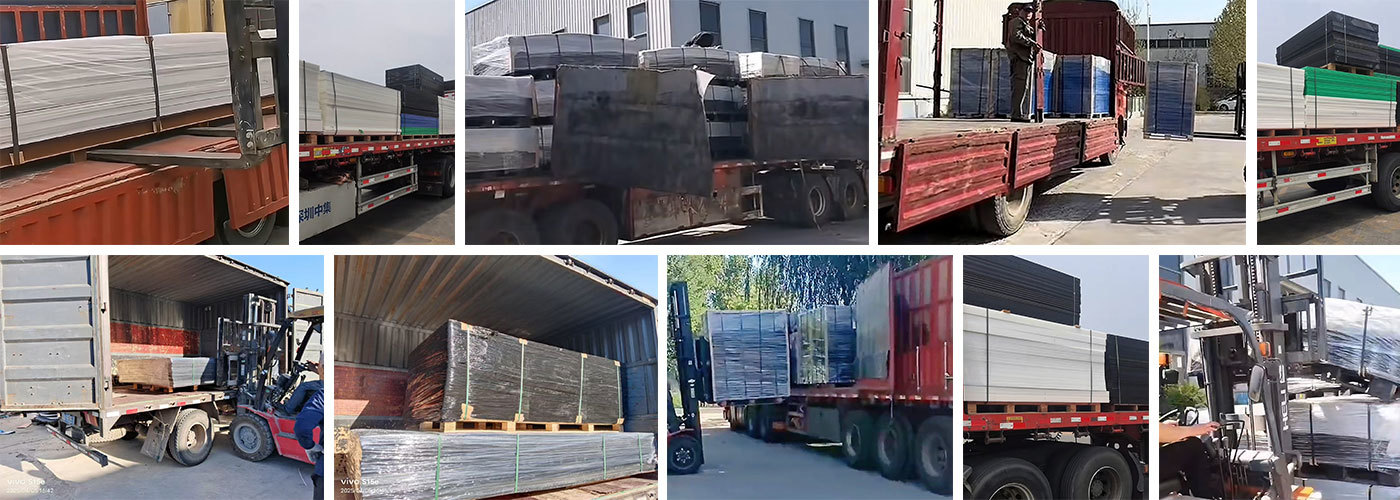
Application Examples
The products are widely used in ports, electric power, petrochemical, laboratory, medical, coal, food, machinery manufacturing and transmission industries.
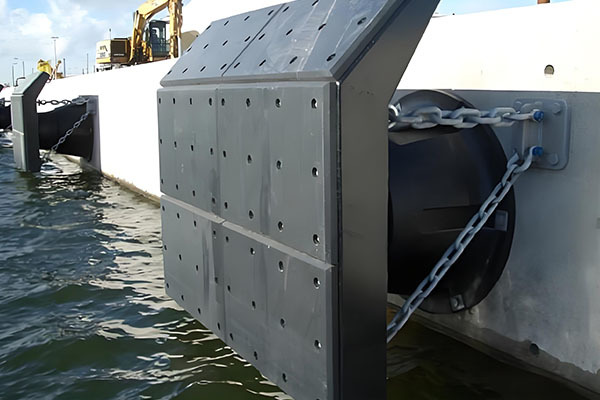
Fender Panel
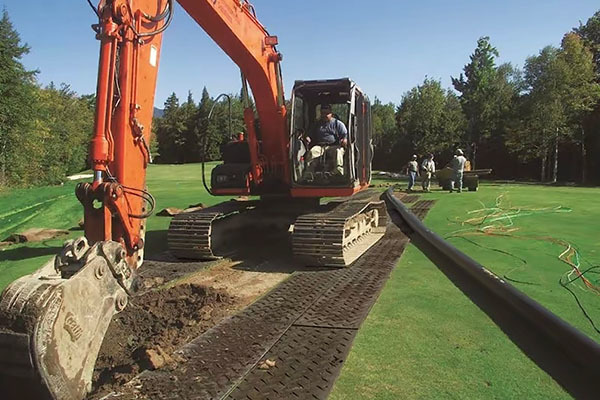
Ground protection pad (roadbed)
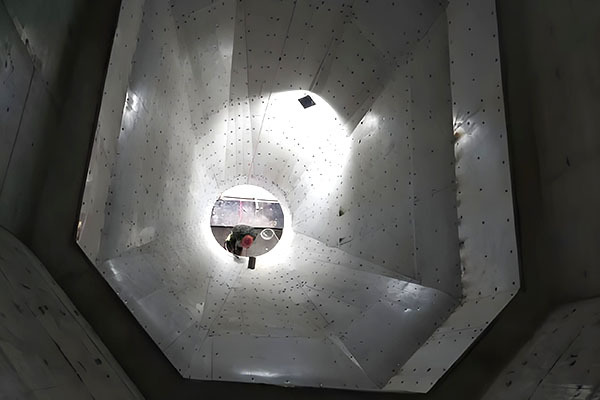
Coal Bunker Lining
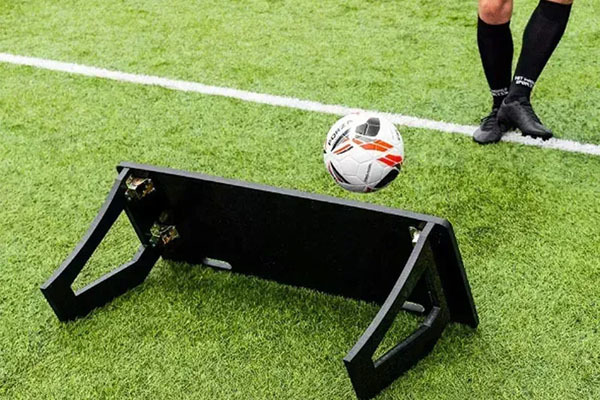
Football Training Board
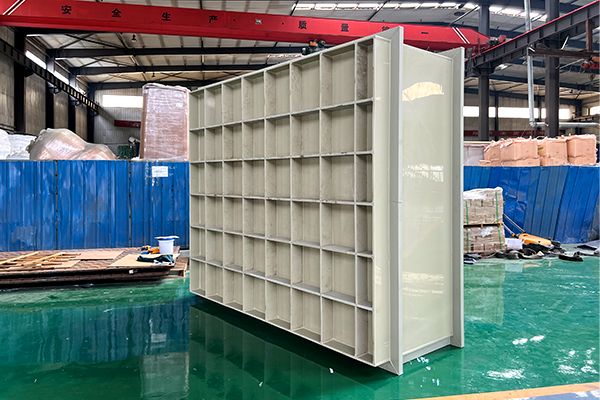
PP water tank
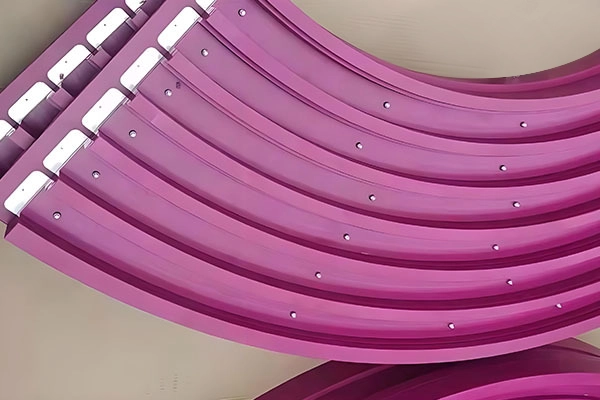
Ultra-high Processing Parts
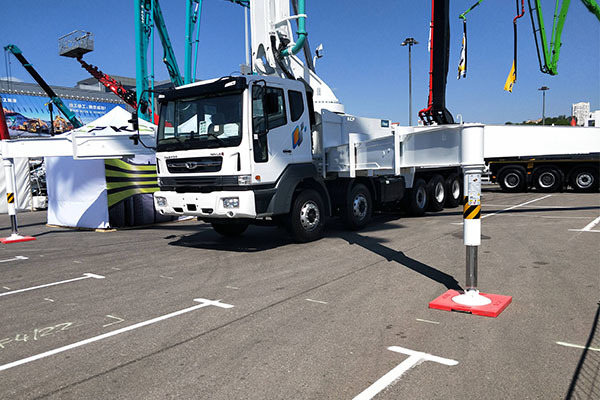
Outrigger Pads

Anti-ice Board
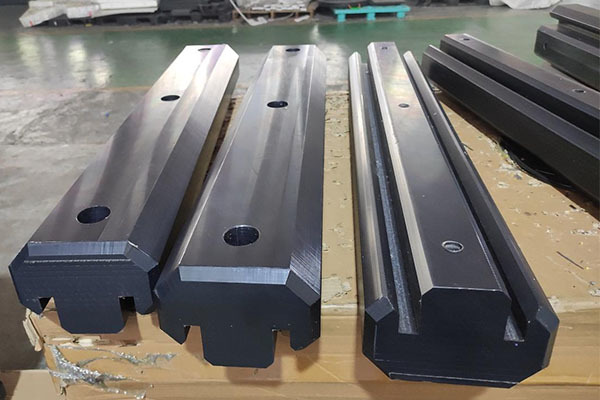
Sleeper
Frequently Asked Questions
— Does it support prepayment of deposit?
Sure, the specific amount will be negotiated based on the product and value of the goods
— Can we conduct an on-site inspection at the factory?
Of course, we always welcome overseas friends to conduct on-site inspections and taste local cuisine
— Does the company provide after-sales service?
It is necessary. We welcome customers to raise questions at any time, provide 24-hour online answers, discuss cooperation processes, product usage, etc
— Which port does the goods export from?
Generally, it is Tianjin Port, Qingdao Port, Shanghai Port, and can also be shipped from ports designated by customers
— Are you a factory or a trading company?
We are a wear-resistant material production factory with a large production plant in Ningjin, China
— Once the products received by customer were found not comply with the products or contract demands, what will you do?
We will compensate the customer for all the loss without any hesitation.
GET A FREE QUOTE
RELATED PRODUCTS






